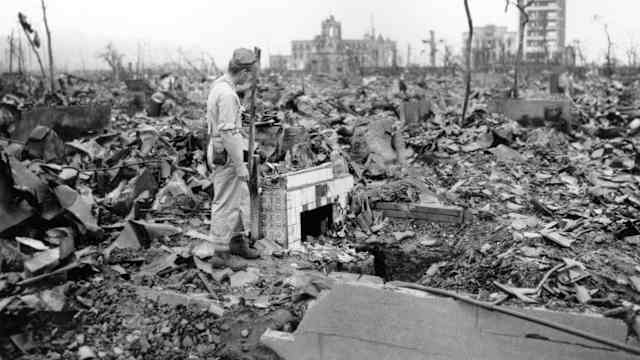On May 8, 1945, Great Britain, the United States and other Allied countries celebrate Victory in Europe Day. Cities in the U.S., U.K., and Western Europe, along with in the Soviet Union, Canada and Australia put out flags and banners, rejoicing in the defeat of the Nazi war machine during World War II.
The eighth of May marked the day when German troops throughout Europe finally laid down their arms: In Prague, Germans surrendered to their Soviet antagonists, after the latter had lost more than 8,000 soldiers, and the Germans considerably more; in Copenhagen and Oslo; at Karlshorst, near Berlin; in northern Latvia; on the Channel Island of Sark—the German surrender was realized in a final cease-fire. More surrender documents were signed in Berlin and in eastern Germany.
























